Question for the Vet:
Three years ago I took my 18 month old female Pomeranian to the vet after a dime-sized scab came off her shoulder area. The vet said it was a “hot” spot, however, the hair has not only never grown back in that area but the spot has gotten larger. I can see tiny red spots around the perimeter of the hairless area. Any ideas or treatment options would be greatly appreciated. Thank you.
The Vet’s Answer:
The condition you are describing is focal alopecia which is a localized area of hair loss on a dog. Pyotraumatic dermatitis, also known as “hot spots,” can leave such a characteristic lesion after they heal. Due to damage to the hair follicles during active inflammation, the hair may or may not grow back well.
My concern is that you notice red spots around the edges of the lesion and that it is gradually increasing is size which strongly suggests an active inflammatory response. Your Pomeranian may be experiencing chronic pyotraumatic dermatitis or may have another dermatosis such as dermatophytosis.
Dermatophytosis or ringworm produces circular hairless lesions with a red ring and can sometimes be confused with pyotraumatic dermatitis and should be ruled out by your regular veterinarian. A simple Woods test can be done during a physical exam which is performed by seeing whether or not the lesion fluoresces under ultraviolet light. Keep in mind only half of fungi species will show up on a Woods exam therefore a fungal culture using dermatophyte test medium (DTM) should be done to conclusively rule it out. Dermatophytosis can be treated with oral fungicides and topical “dip” therapy.
If the DTM culture is negative, low grade chronic pyotraumatic dermatitis is the likely culprit. It is important to not think of pyotraumatic dermatitis as a disease but rather as a symptom of an underlying disease process. The most common cause is atopy which is an allergy to something in the environment such as dust, pollen, fleas, mites, and other insect bites.
Treatment involves clipping the wound just past the red area so that the skin can be cleaned with a chlorhexidine solution and cool water followed by topical application of an antimicrobial ointment or spray. Oral supplementation with omega fatty acids can also reduce the severity of chronic dermatoses.
Given the chronicity of your dog’s lesion, your best bet would be to make an appointment with a board-certified dermatologist to quickly and efficiently get to the root of your dog’s problem.











